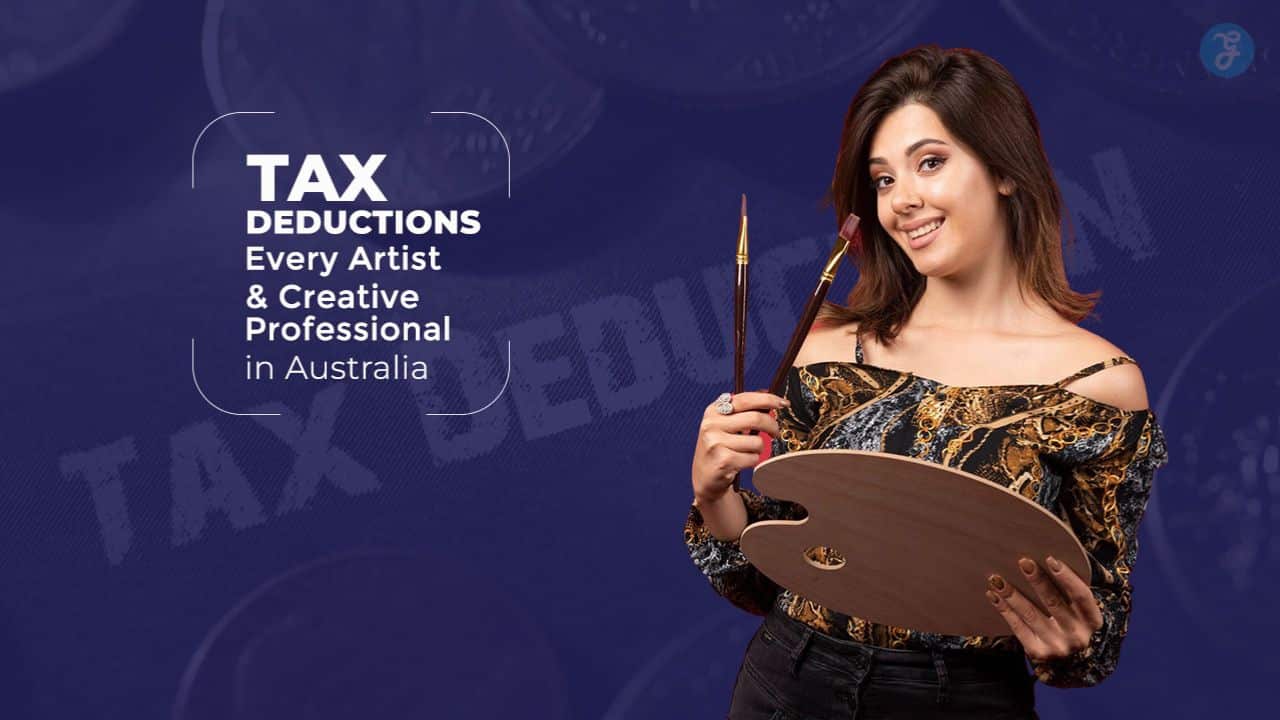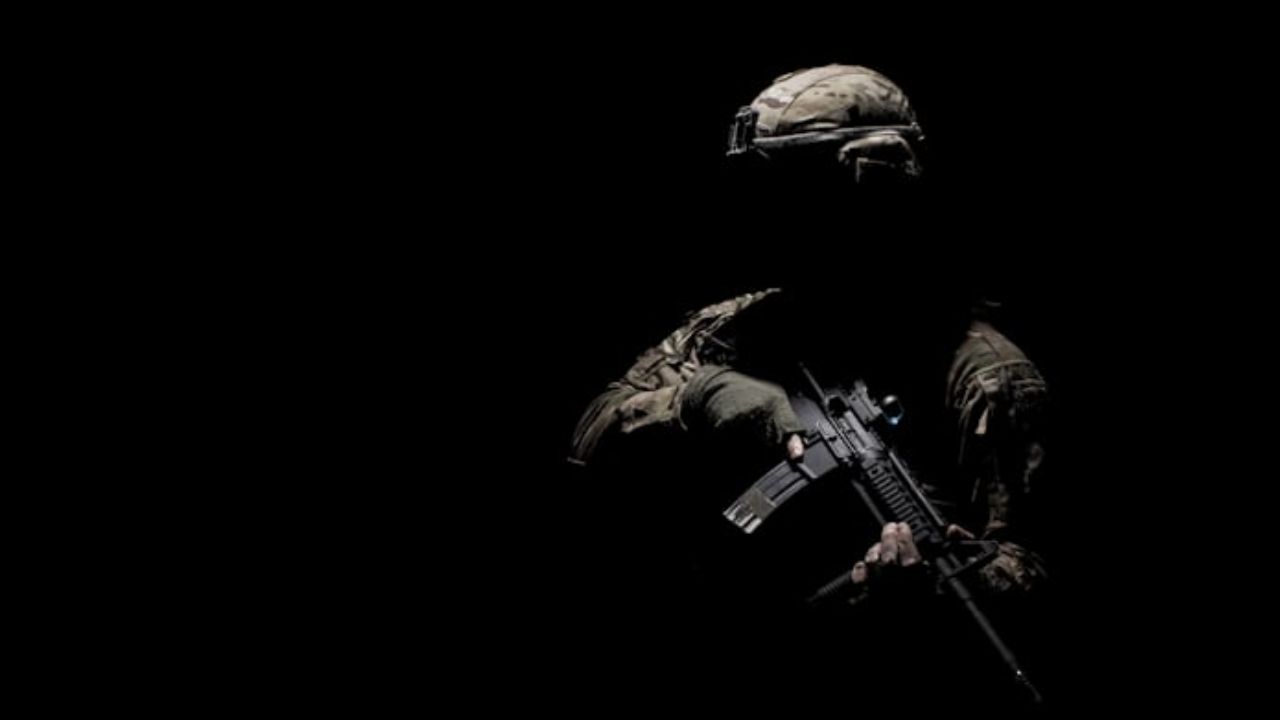Artists and creative professionals face unique financial challenges, from fluctuating incomes to substantial upfront costs for materials, tools, and travel.
For many, navigating the complexities of the tax system can seem daunting.
However, understanding the available tax deductions for artists in Australia can provide significant relief and empower creative individuals to focus more on their craft and less on financial stress.
This article breaks down the most relevant tax deductions for artists in Australia, guidelines, and tips for Australian artists to maximize their savings and remain tax-compliant.
Why Tax Deductions Are Essential for Artists and Creatives?
Artists and creative professionals often operate in an unpredictable financial landscape. Income can vary drastically depending on commissions, gigs, or projects.
Additionally, creative work often requires substantial upfront investment in materials, equipment, and studio spaces.
For example, a freelance painter may experience periods of high income during art show seasons but may struggle to cover costs during off-seasons.
Understanding tax deductions for artists in Australia can help manage these fluctuations more effectively.
Tax Benefits to Maximize Savings
Tax deductions allow creative professionals to offset these costs, reducing taxable income and ensuring more financial stability. By understanding and utilizing these tax deductions for artists in Australia, artists can reinvest their savings into their creative endeavors, fostering growth and innovation.
Key Tax Challenges for Artists and Solutions
| Challenge | Solution |
| Fluctuating income | Utilize tax deductions to lower taxable income |
| High material costs | Deduct material expenses from taxable income |
| Lack of financial literacy | Work with a creative-savvy accountant |
Understanding Tax Deductions in Australia
What Qualifies as a Tax Deduction?
In Australia, tax deductions for artists apply to expenses directly related to earning your income. For artists, this could include anything from purchasing materials to travel for exhibitions. To qualify, these expenses must be:
- Directly related to your work as an artist or creative professional.
- Not of a private or domestic nature.
- Properly documented with receipts or records.
For instance, a musician purchasing a new guitar for performances can claim it as a tax deduction, but buying one as a hobbyist cannot.
Key Considerations for Australian Artists
- Consistency: Ensure expenses align with your declared profession.
- Documentation: Keep detailed records to substantiate claims.
- Professional Advice: Engage an accountant familiar with creative industries to optimize deductions.
Deduction-Eligibility Examples
| Expense Type | Deductible If… | Non-Deductible If… |
| Materials | Used for creating commissioned works | Used for personal hobbies |
| Travel | Related to exhibitions or client meetings | For personal vacations |
| Equipment | Directly used in professional projects | Dual-use with significant personal usage |
Important Guidelines for Claiming Deductions
Record-Keeping Best Practices
- Maintain a dedicated folder (digital or physical) for all receipts.
- Use accounting software or apps like QuickBooks to track expenses.
- Retain records for at least five years.
Avoiding Common Tax Mistakes
- Avoid claiming private expenses.
- Ensure you don’t double-claim deductions (e.g., claiming the same expense under different categories).
- Stay updated on ATO guidelines for creative professionals.
Top 10 Tax Deductions for Artists in Australia
Discover the most impactful ways to save on taxes as a creative professional with this curated list of deductions. Each deduction is tailored to the unique needs of Australian artists, ensuring you make the most of your financial opportunities.
1. Materials and Supplies
From paint and brushes to fabric and clay, the cost of materials directly impacts an artist’s ability to produce work.
Tax Deduction Tip: Keep all purchase receipts and note how these materials are used in your work.
This deduction can be particularly beneficial for artists who work on large-scale projects requiring significant investment.
Common Deductible Materials and Supplies
| Material/Supply | Example Uses | Average Cost Range |
| Paints and brushes | Visual art creation | $50-$500 per project |
| Fabrics and threads | Textile or fashion design | $20-$200 per project |
| Musical instruments | Composing, recording, or performing music | $500-$5,000 |
| Digital tools | Graphic design or digital art production | $100-$3,000 |
2. Home Office Expenses
If you work from home, you can claim a portion of your rent, electricity, internet, and phone bills.
Calculate the percentage of your home dedicated to your workspace. Artists using their home as a studio or workshop can benefit significantly from this deduction.
Checklist: Calculating Your Home Office Deduction
- Measure the square footage of your workspace.
- Divide it by the total area of your home.
- Apply this percentage to your bills.
Example of Home Office Deductions
| Expense Type | Monthly Cost | Deductible Percentage | Deduction Amount |
| Rent | $2,000 | 20% | $400 |
| Electricity | $150 | 20% | $30 |
| Internet | $80 | 20% | $16 |
3. Equipment Depreciation
High-cost items like cameras, computers, and printing equipment qualify for depreciation deductions. Items costing under $300 can often be claimed outright.
For example, a graphic designer purchasing a high-performance laptop can spread the deduction over several years, reducing their taxable income consistently.
Example of Depreciation Costs
| Equipment | Cost | Depreciation Period | Annual Deduction |
| Camera | $2,000 | 5 years | $400 |
| Laptop | $3,000 | 3 years | $1,000 |
| Printer | $500 | 2 years | $250 |
4. Travel Expenses
Travel related to exhibitions, performances, or client meetings is deductible. Eligible expenses include airfare, accommodation, and meals.
For instance, an artist traveling to showcase work at an interstate gallery can claim associated travel costs.
Deductible Travel Costs
| Travel Expense | Deductible Items | Average Cost Range |
| Airfare and transport | Flights, taxis, car rentals | $100-$1,000 |
| Accommodation | Hotels for work-related travel | $50-$300/night |
| Meals | Food during work-related trips | $20-$100/day |
5. Marketing and Promotion Costs
Investments in self-promotion, such as website hosting, portfolio printing, or social media advertising, are deductible.
These costs directly contribute to growing your audience and securing commissions.
Practical Example
A freelance photographer spends $500 on Instagram promotions and $300 on printing portfolios for clients. Both costs are deductible.
Common Marketing Expenses
| Expense Type | Example | Average Cost Range |
| Social media ads | Instagram and Facebook promotions | $50-$500/month |
| Website hosting | Hosting fees for portfolio websites | $10-$50/month |
| Printing costs | Business cards, flyers, or portfolios | $100-$300 |
6. Professional Development
Workshops, courses, and training programs that enhance your skills or teach you new techniques are deductible.
Ensure the program is directly related to your current or future income. For example, a painter attending a masterclass on oil painting techniques can claim the course fees.
Deductible Professional Development Costs
| Training Type | Example Programs | Average Cost Range |
| Art workshops | Masterclasses, weekend courses | $100-$1,000 |
| Software training | Adobe Photoshop, AutoCAD courses | $50-$500 |
| Business development | Entrepreneurial or marketing seminars | $200-$1,500 |
7. Memberships and Subscriptions
Memberships to creative guilds, unions, or online platforms for software like Adobe Creative Cloud can be claimed.
These resources often play a vital role in professional development.
Common Deductible Memberships
| Membership Type | Examples | Monthly Cost Range |
| Creative guilds | Australian Writers’ Guild | $20-$50 |
| Online subscriptions | Adobe Creative Cloud, Canva | $10-$75 |
8. Insurance Premiums
Insurance for public liability or professional indemnity ensures you’re protected while working.
These costs are fully deductible as business expenses. For example, a street performer’s public liability insurance is an essential cost they can claim.
Deductible Insurance Types
| Insurance Type | Purpose | Average Annual Cost |
| Public liability insurance | Protects against legal claims | $300-$1,000 |
| Professional indemnity | Covers advice-based liabilities | $500-$2,000 |
9. Studio or Workspace Rent
If you lease a dedicated workspace, such as a studio, the rent is fully deductible. Ensure the space is solely used for your creative work.
For instance, a ceramic artist renting a shared studio can claim their portion of the lease.
Example: For instance, a ceramic artist renting a shared studio can claim their portion of the lease.
Similarly, a freelance designer using a co-working space specifically for client work and projects is eligible for deductions.
Common Workspace Deductions
| Workspace Type | Eligible Costs | Example Use Case |
| Dedicated studio | Monthly rent, utilities | Painter or sculptor’s workspace |
| Co-working space | Membership fees | Graphic designer meeting clients |
| Shared workshop | Rental fees | Jewelry maker sharing tools and space |
10. Legal and Accounting Fees
Hiring a professional to manage your contracts, legal agreements, or taxes can save time and ensure compliance. These fees are considered deductible business expenses.
Example of Professional Service Costs
| Service Type | Average Cost | Deductible? |
| Tax accountant | $300/year | Yes |
| Contract drafting | $200/hour | Yes |
| Legal consultations | $150/hour | Yes |
Expert Tips for Maximizing Tax Savings
Work With a Creative-Savvy Accountant
An accountant who understands the intricacies of creative professions can identify deductions you might overlook.
They can also guide you on structuring your finances to ensure compliance with Australian Tax Office (ATO) regulations, particularly for niche areas like intellectual property royalties or artist residencies.
Plan Purchases Around Tax Seasons
Make significant purchases toward the end of the financial year to maximize immediate deductions.
For example, if you need a new camera for your photography business, purchasing it in June allows you to claim it sooner, reducing your taxable income for the current year.
Leverage Digital Tools for Expense Tracking
Tools like Xero or QuickBooks simplify record-keeping and ensure you don’t miss any deductions.
Additionally, apps like Expensify can help you capture receipts in real time, categorizing expenses by type to make tax filing more efficient.
These tools are invaluable for creatives juggling multiple projects and expense categories.
Takeaways
Navigating tax deductions for artists in Australia can be challenging, but understanding the available opportunities can significantly reduce your tax burden.
By leveraging the tips and deductions outlined above, you can save more and reinvest in your creative pursuits.
Remember, proper documentation and professional advice are key to optimizing your savings.
Take control of your finances today and let the tax system work for you. Whether you’re a painter, musician, or designer, these tax deductions for artists in Australia can help you focus on what matters most—creating.








































